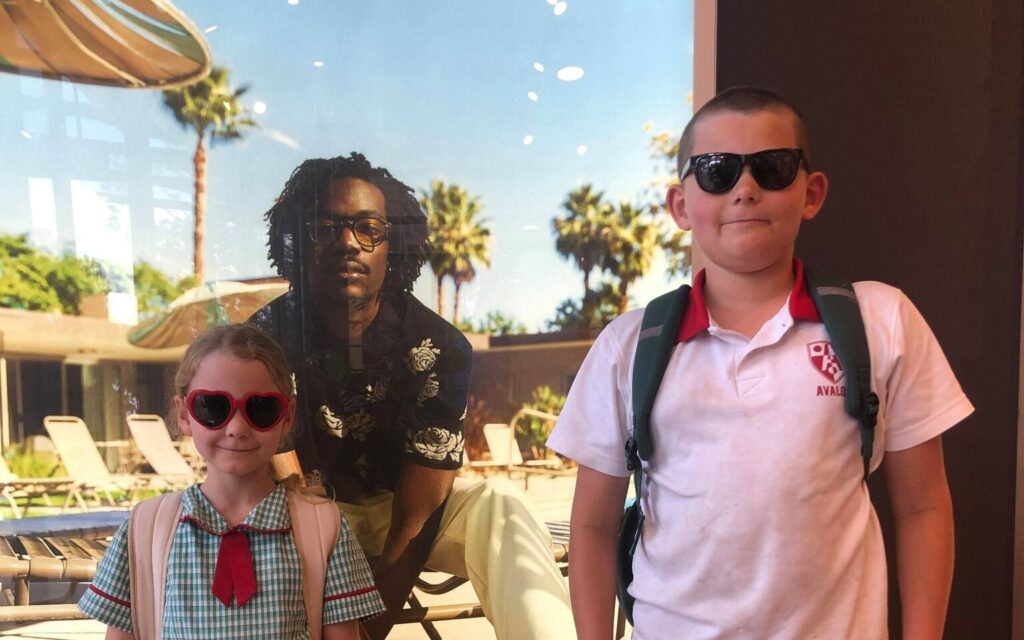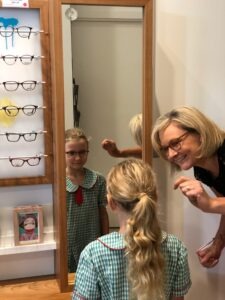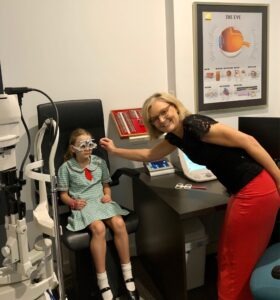Kids Vision and Learning

As another school year approaches, it’s important to make sure your children are seeing well. Sight plays a critical role in a child’s school life; from reading, writing, and computer use, to sports. 80% of learning is experienced through vision!
More often than not, children themselves won’t identify that there is anything wrong with their eyesight. They assume their vision is just like everyone else’s as they’ve never experienced an alternative. Often, they can develop habits and postures to compensate for the imperfections in their vision and vision processing.
So what are some signs to look out for in your children?
- Frequent blinking
- Red or watery eyes
- Sensitivity to light
- Frequently rubbing eyes
- Difficulty concentrating
- Tilting head noticeably
- Covering or closing one eye
- Difficulty learning to read
- Holding a book very close when reading
- Reading or writing very close to the desk
- Squinting or sitting very close to the tv
- Leaving out confusing words when reading
- One eye turns in or out while the other points straight ahead
- Difficulty recognising familiar people in the distance
- Complaints of headaches, blurred or double vision
Children’s vision can change dramatically from one year to the next, just as their learning environment changes and the expectations on their vision change. Poor vision can interfere with your child’s ability to learn both in and out of the classroom, and can also negatively affect their emotional and social development. Seeing your child before they start school means we can ensure their visual system is functioning optimally for learning. That’s why we urge parents to bring their kids in before they start school and every two years thereafter to give us the best chance to pick up vision problems early.
What can you do to support your child’s vision?
Ensure to watch out for the signs and symptoms of vision problems listed above, and book an appointment accordingly. We recommend children have regular eye examinations from 4 years onwards, every 1 or 2 years. Importantly any child not progressing in their learning should referred for vision and hearing examinations – effort and energy put into learning support is wasted if there’s a physical cause.
What do we do in-store?
We take a holistic and extensive approach to eye examinations, including advice on health, and the latest eyewear solutions for maintaining healthy eyes and vision, catered to children and their environments.
Children’s eye tests are similar to adults however there are a few crucial differences:







